In 2019, rapper 2 Milly became famous with his signature dance “The Milly Rock.” Months later, his exact choreography was stolen by the videogame Fortnite, which re-packaged his dance as “Swipe It,” an animation that you could purchase for just one dollar.
But it’s not just famous rappers that are exploited. In 2020, a man named Antoine Dodson recorded a news interview that would go viral. He lived in the Lincoln Park housing project and his sister had just been raped after a home invasion. His animated reaction to the incident would later become a song that charted in the Billboard Top 100.
When Sweet Brown animatedly recounted in a newscast the story of the fire that ravaged her housing project, it became the now-iconic catchphrase “Ain’t Nobody Got Time For That.” This too was immortalized by song and turned into t-shirts, baby bibs, and other absurd products.
However, it’s important to ask in encounters like these: who innovates? Who gets paid? – And how much?
In such instances, black pain is transformed into transcendence, culture, style. But it is imperative to acknowledge that—as is often the case—the most innovative cultural producers are also often the least compensated.
This work was commissioned by the museum Jameel Arts Centre for the show “Paces, Affirmations, & The Now,” an exhibition about online memes.

Brionna London. Vine. Bitch Where? 2015
@ brionnalondon
Peaches Monroe. Vine. Are You on Fleek? 2014 @peaches__monroee
Jalaiah Harmon, Instagram via Funimate, Renegade Dance, 2019 @jalaiah
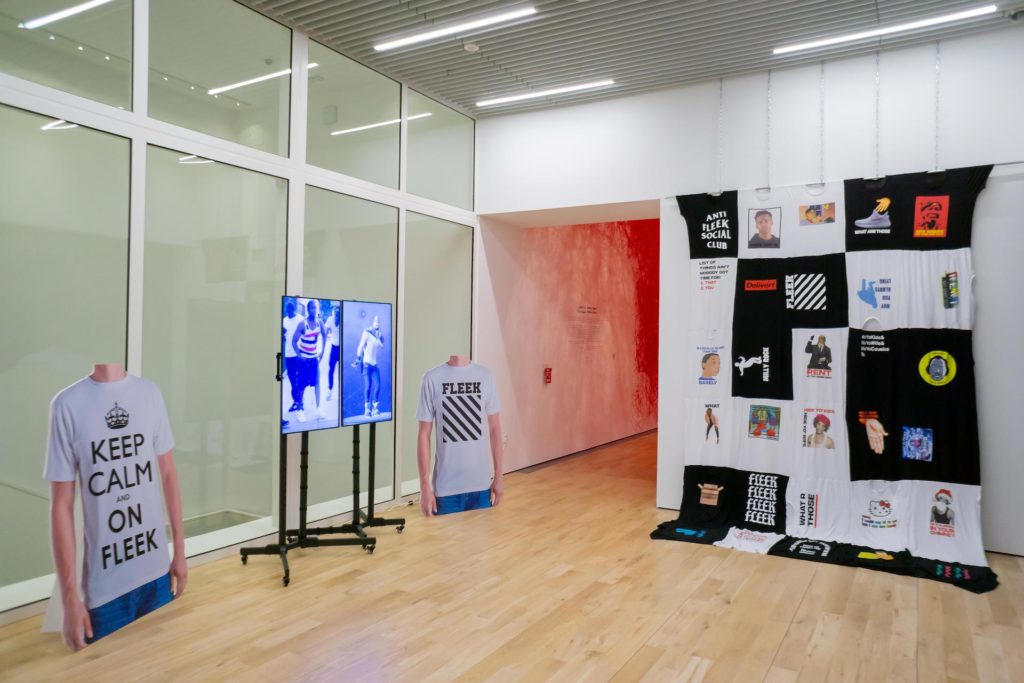
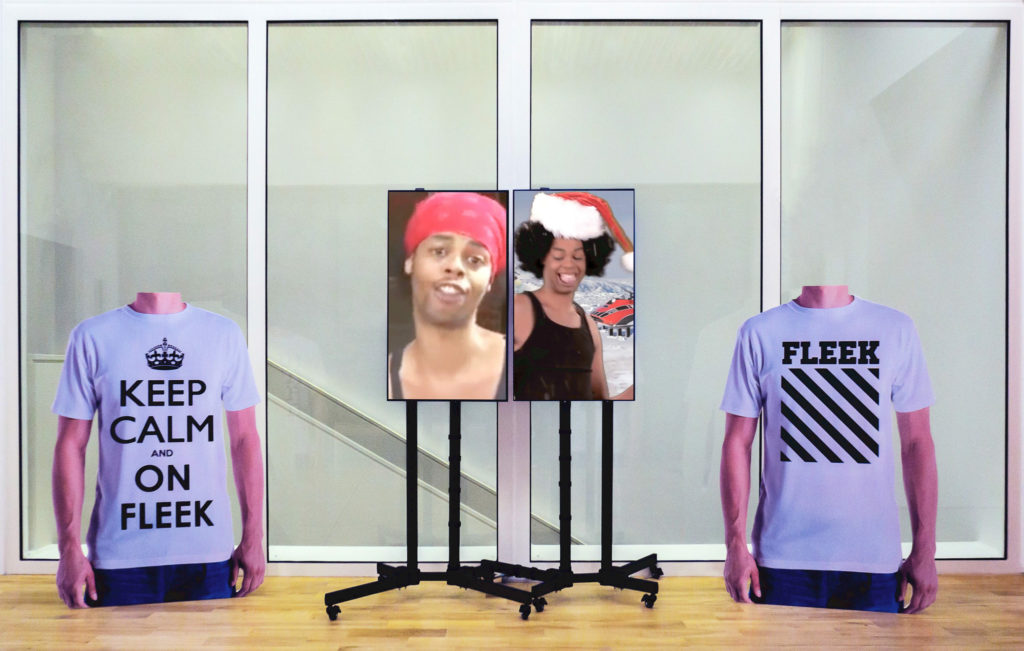
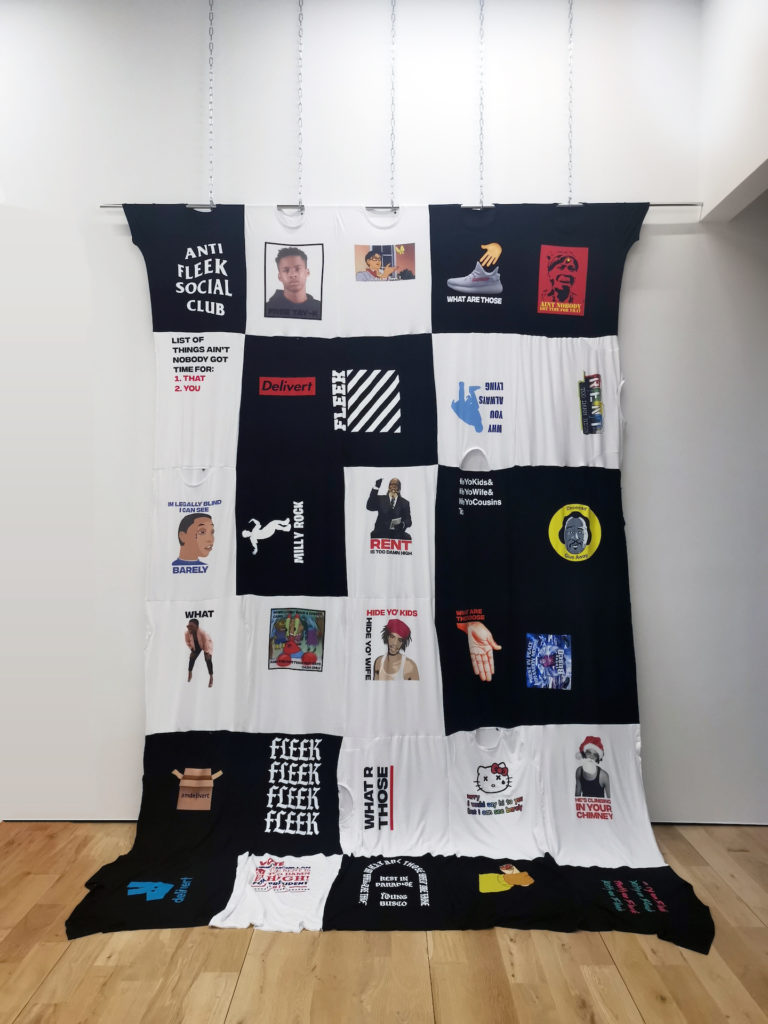
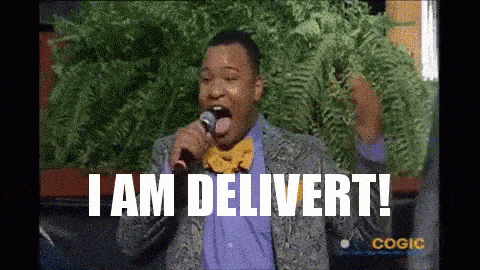
@andrew_c_caldwell
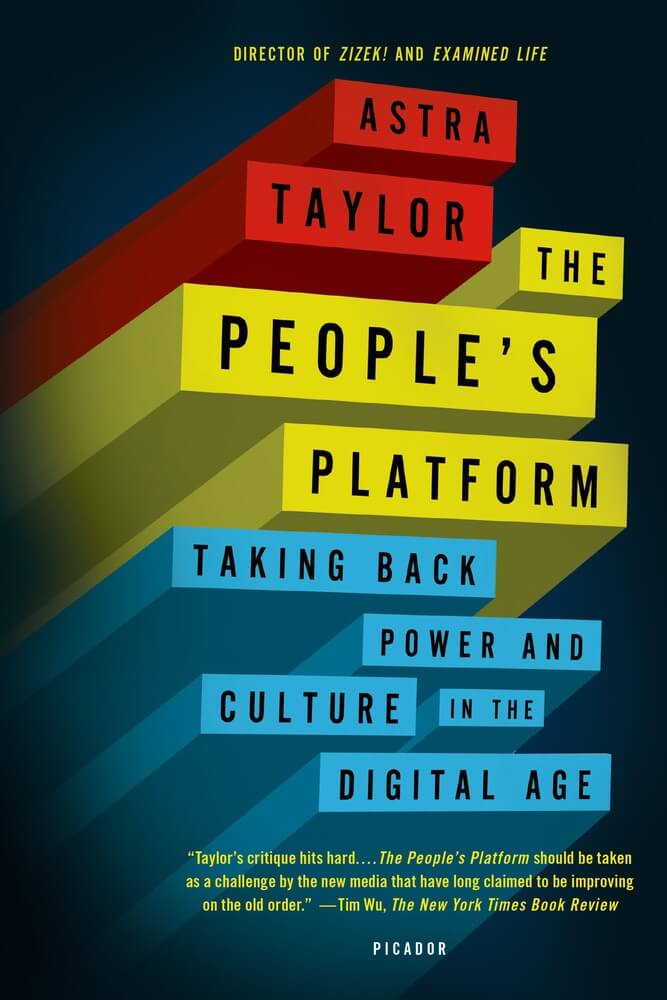
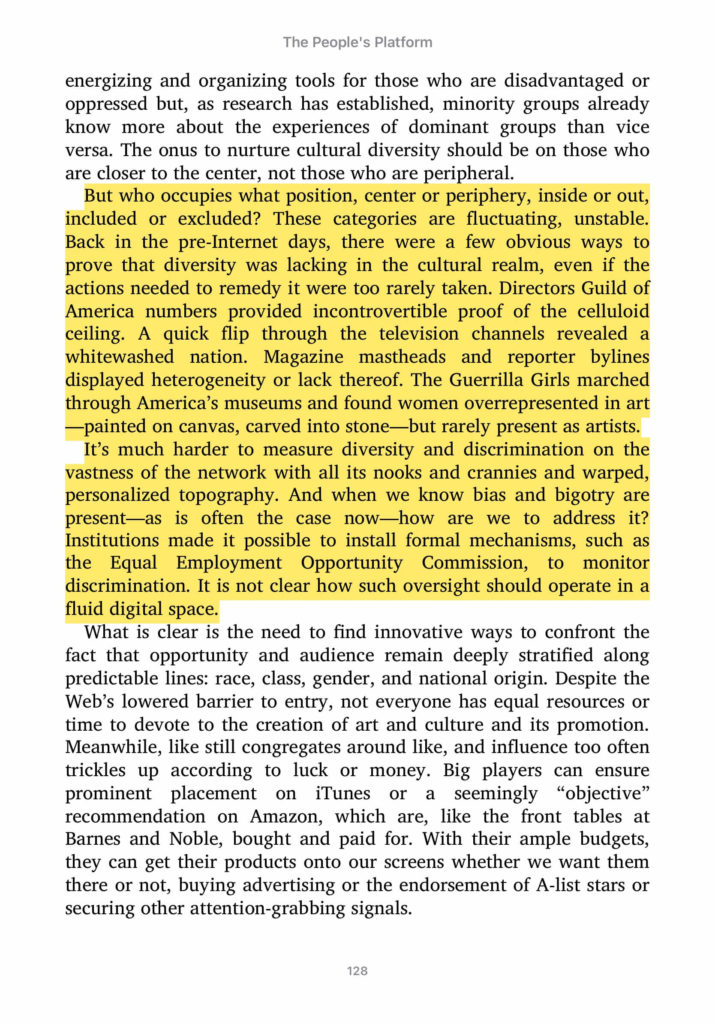
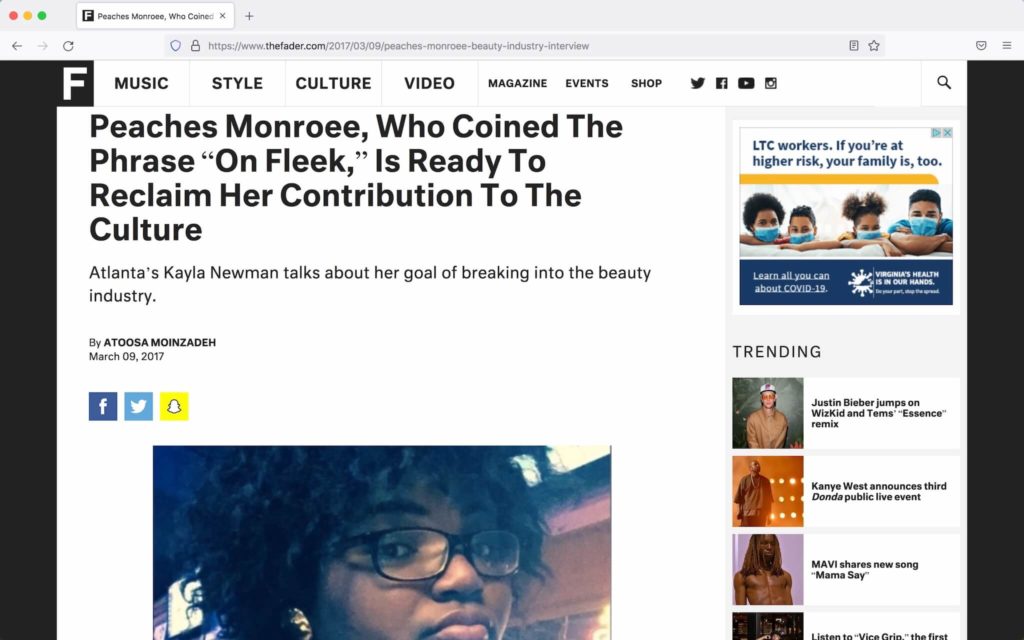
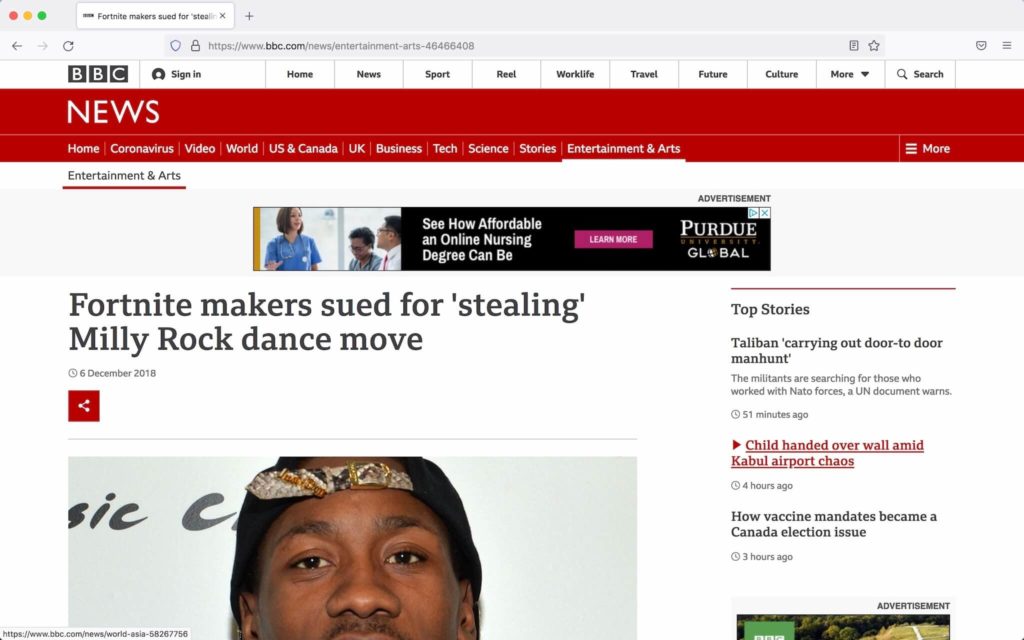
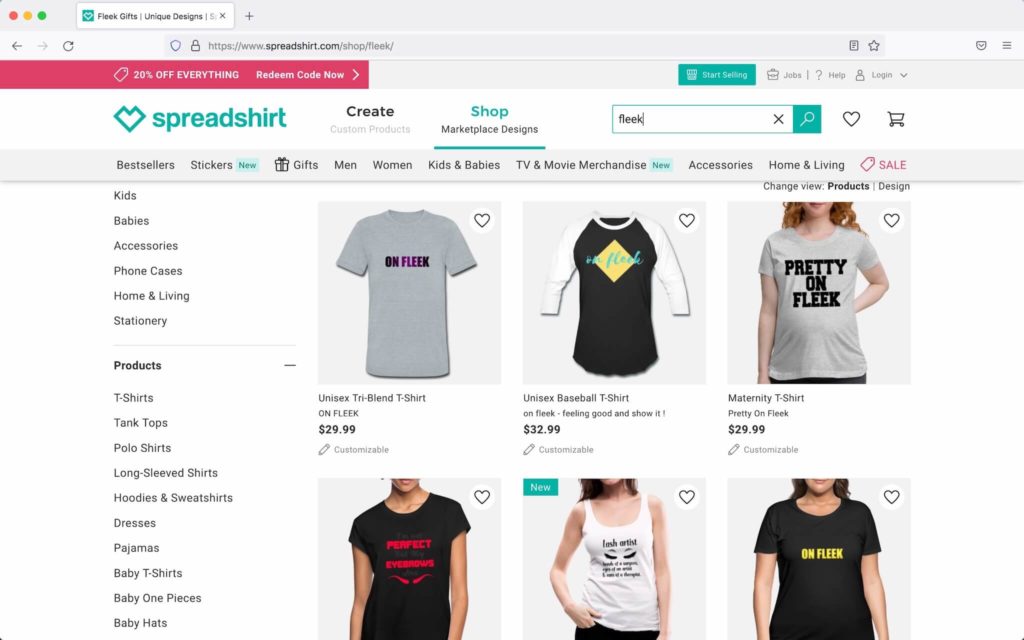
Research images
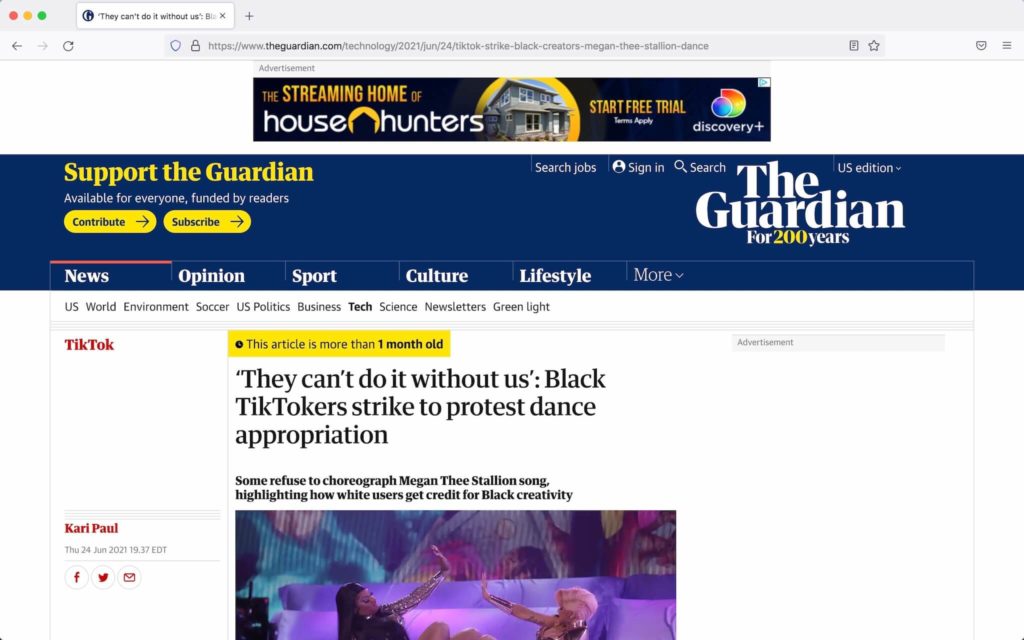
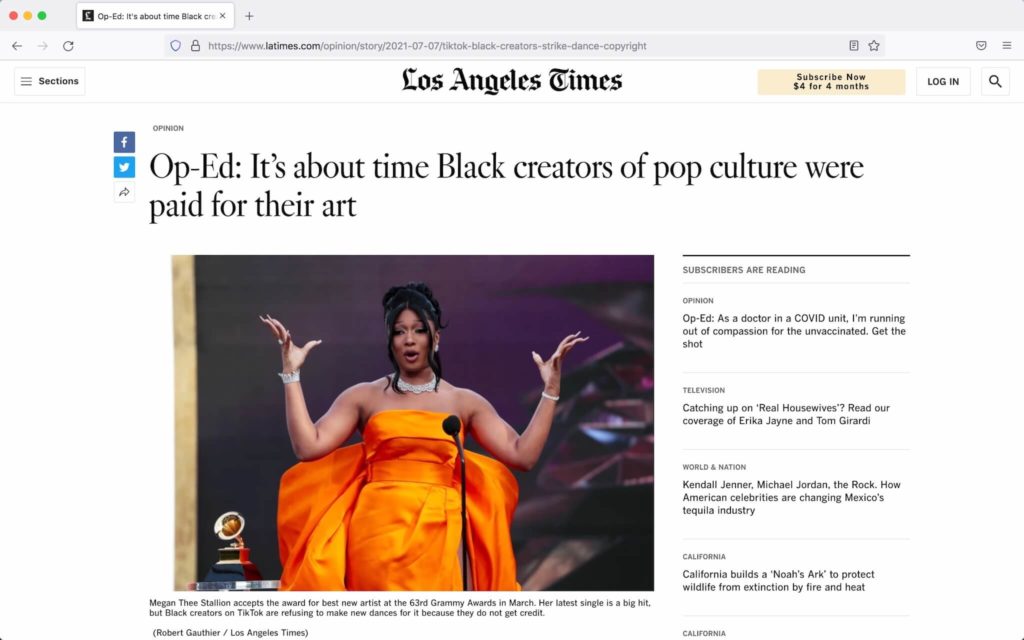
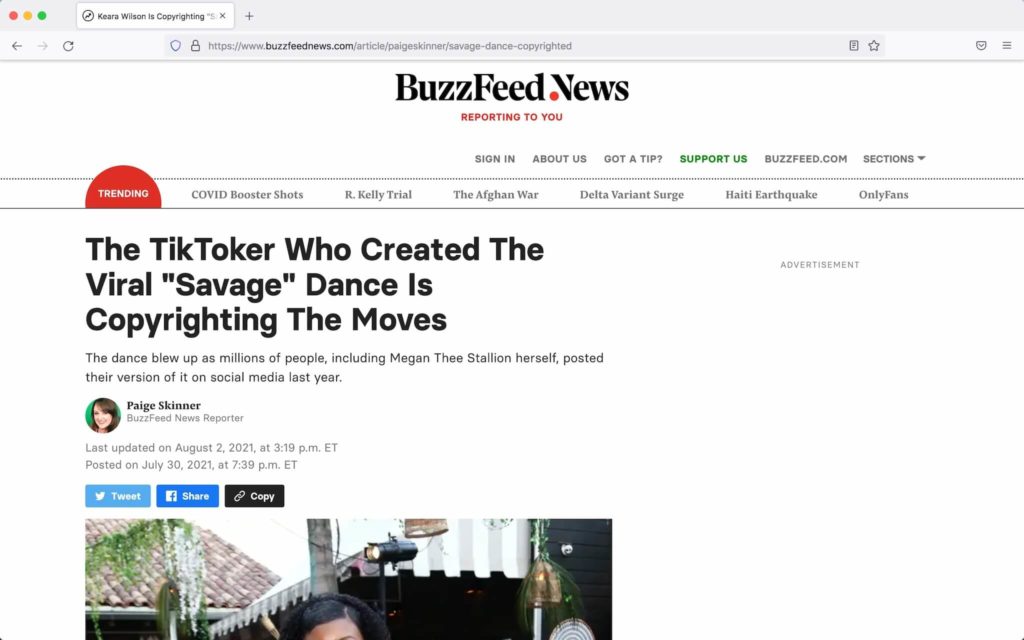
Research images
“It’s a familiar cycle. On fleek’s journey from Lewis’s Vine to the Denny’s Twitter account is another iteration of an old story, one in which language born from black culture is co-opted by mainstream society, which uses it to signify coolness. Inevitably, corporations find a way to monetize the language, and inevitably, its origins in black culture are erased. It’s the same story that may have given us words as ubiquitous as cool, okay, and hip.”
Constance Grady, Vox